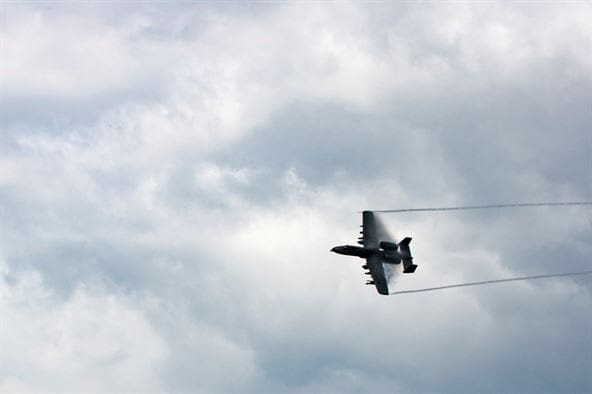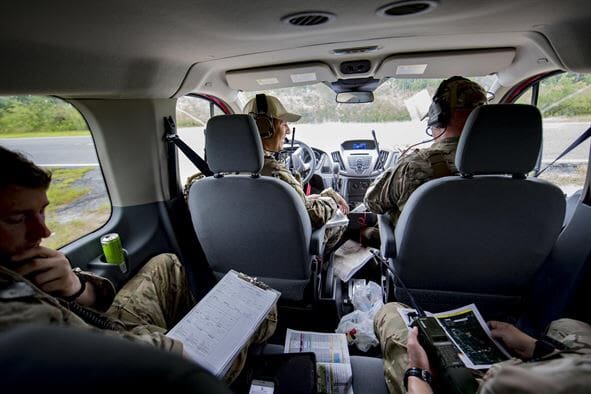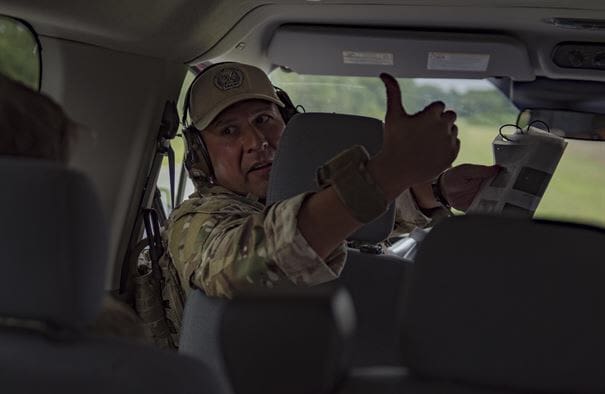While there are lots of changes coming to the US Air Force’s ground forces, known for the past 15 years as “Battlefield Airmen”, the most recognizable, is a name change. They will soon be referred to as “Special Warfare”.
Yes, it’s going to be confusing in the joint arena. However, don’t forget that the Army has run the U.S. Army John F. Kennedy Special Warfare Center and School (SWCS) since 1956, so confusion may have ensued on occasion even before referring to two operational SOF elements (Navy and Air Force) by the same moniker.
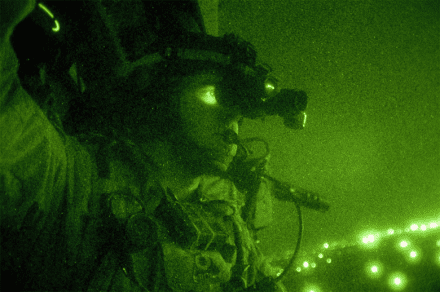
The Air Staff has yet to issue definitive guidance on the renaming, but the training pipeline has already begun to refer to components of the program as Special Warfare rather than BA.
There are still questions about which career fields will be included in the new community. Currently, it includes Combat Controllers, Pararescue, Special Operations Weather and Tactical Air Control Party. However, due to additional physical fitness and medical standards, SERE and EOD candidates are recruited and groomed before enlistment along with the SW candidates (more on this below).
Also, there’s discussion Special Tactics Officers may become Specal Warfare Officers (once again, adding to confusion over Staff Weather Officers and Surface Warfare Officers, so context is everything). This also makes one wonder if the term “Special Tactics” will go away altogether, as major moves are afoot to reamalgamate CROs (who will become STOs/SWOs) and PJs into Air Force Special Operations Command, creating new Special Tactics Squadrons.
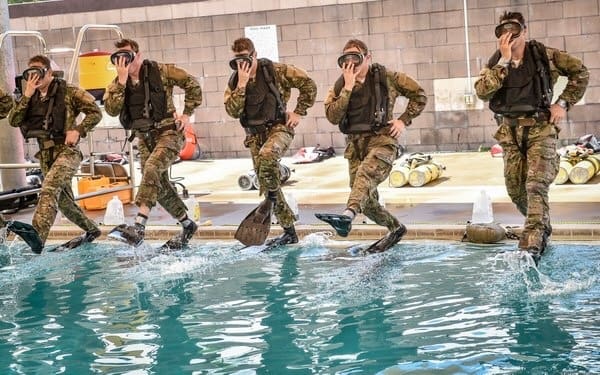
Another big change, and major improvement, which began a little over a year ago, is how Special Warfare recruits are prepared for their enlistments. While in the Delayed Entry Program, Recruits must participate in Special Warfare Development conducted by contractor T3I Services. Developers are retired Special Warfare Airmen who bring “been-there, done-that” experience to their charges, encouraging them through mentorship, instruction, challenging workout schedules and administration of the Physical Ability and Stamina Test.
In addition to the creation of a Prepatory Course between Basic Military Training School and their current selection courses, there is also discussion that how SW candidates are selected will change to a system more in common with the US Army’s 18X SF candidate program. Under this concept, SW candidates would be assessed and then assigned one of four Air Force Specialty Code training pipelines (CCT, PJ, SOWT and TACP) rather than choosing a careerfield on their own.
While there are numerous other moves underway, these are the most pressing. Already, the ST community is far and away larger and different than it was pre-GWOT. It’s grown up. But within five years, it will be something altogether different.


